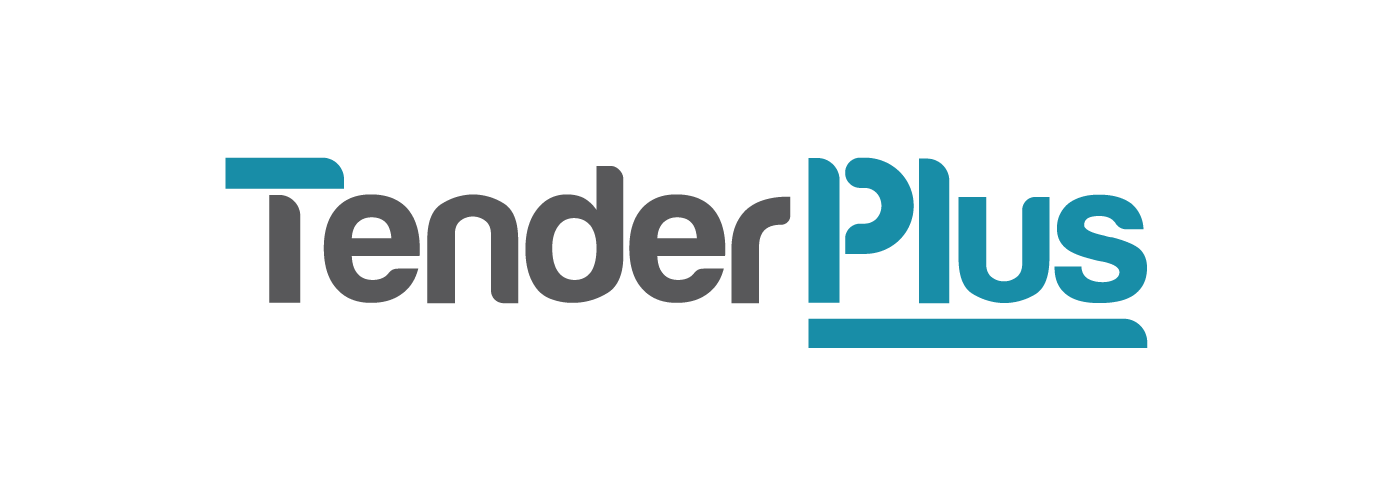Cracking the code on case studies
By Demie Tan, Tender Specialist, Perth.
If you’re new to tendering, case studies are stories that demonstrate success on past projects. It’s a brilliant addition to your tender submission, directly proving your capability in completing projects of a similar scope and scale.
Case studies should be engaging and aesthetically pleasing; allowing the reader to digest information effortlessly. It is also important to acknowledge that case studies require proper research and time, and therefore best completed (if possible) in your downtime. In other words, work smart and plan ahead for your busy periods.
If you’re unsure where to start, here’s a simple two-step guide (equally achievable when working under tight deadlines) to ensure a well-developed case study.
Step 1 - Obtaining the information
Connect with Subject Matter Experts (SMEs) or Project Managers
Schedule interviews with key project contributors to thoroughly understand the project landscape. Use this time to ask questions that will help you craft a compelling story. You can also utilise project completion forms to get all the data you need.
At a minimum, the following information needs to be obtained:
Project details – client name, sector, value, duration, location
Project brief – including scope and objective
Lessons learnt
Approach and outcome
Request for graphics
Bonus tip: If possible, clarify the option of obtaining client testimonials as positive reviews from the source can increase credibility.
Step 2 - Bringing it together
Crafting a compelling story
Present the information obtained in a simple and easy to digest format. While layout may vary, a typical case study comprises of three key elements:
An Overview or Project Brief
This section introduces the client, with a summary of the project scope and objectives.
Who is the client?
What industry do they operate in?
Details of the project scope and objectives
What was the value of the project?
How long did it take?
Results
Clearly articulate the solution that was implemented on the project and how that benefitted the client.
What did we do?
How did we do it?
What was unique about our solution?
How did our solution impact the client?
Were there other noteworthy achievements on the project?
Do we have any client testimonials we can include as quotes?
Graphics
Incorporate at a minimum, one high quality graphic that summarises the project.
Is it a high-resolution graphic?
Is it relevant to the project?
Does it capture the project in good light?
Remember that in order to win a bid, the evaluator needs to know you can do the job.
